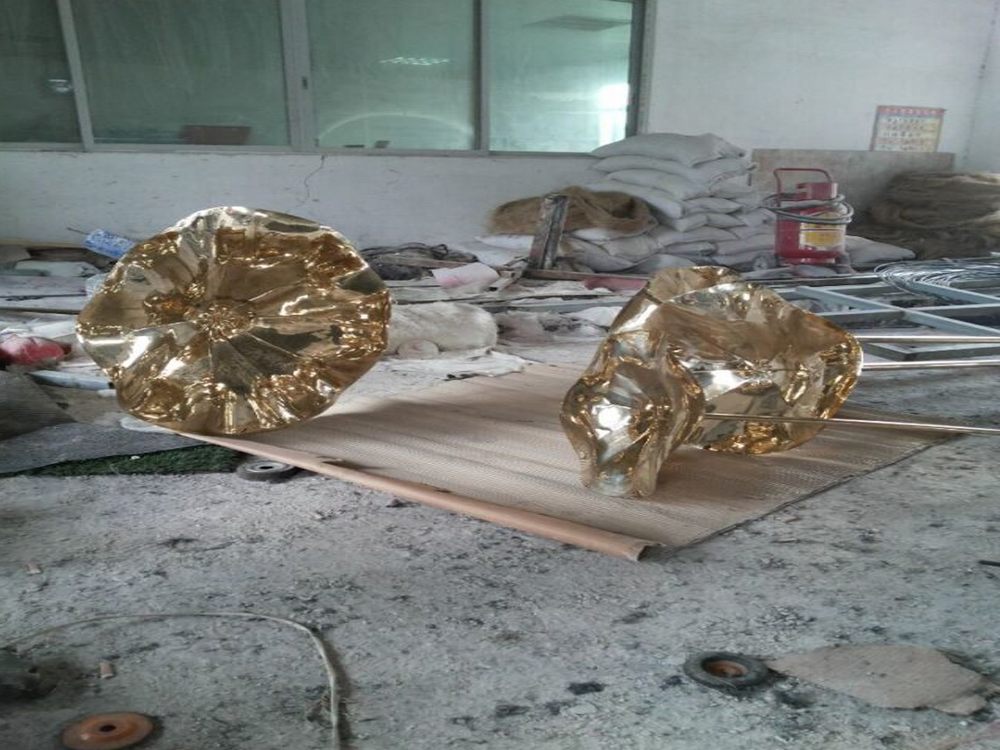
The art of sculpting fabric or drapery in stone is a mesmerizing feat that has captivated audiences for centuries. From the flowing robes of Michelangelo's "David" to the delicate veils of Baroque statues, sculptors employ a range of sophisticated techniques to transform rigid stone into seemingly soft, flowing textiles.
One key method is undercutting, where artists carve deep recesses beneath folds to create shadows that mimic fabric's natural drape. This technique requires precision, as too much removal can weaken the stone's structure. Renaissance masters like Bernini perfected this approach, using drills and chisels to achieve dramatic contrasts between light and shadow (chiaroscuro).
Another critical element is texture variation. Sculptors use tools with different tooth patterns to create surfaces that catch light unevenly, simulating woven fabrics. For thinner materials like veils, they might polish the stone to near-translucency, while heavier fabrics are rendered with rougher, deeper grooves.
The study of real fabric is fundamental. Many sculptors drape wet cloth over models and observe how it folds under gravity, later replicating these patterns in stone. This practice dates back to ancient Greece, where sculptors like Phidias pioneered realistic drapery in marble.
Modern technology has introduced new possibilities. Some artists use 3D scanning to map fabric patterns before carving, while others employ pneumatic tools for faster undercutting. Yet the core challenge remains the same: convincing viewers that cold, hard stone can flow like silk.
This illusion relies on the sculptor's understanding of physics, anatomy, and light—a testament to human creativity's power to defy material limitations. Whether in classical or contemporary works, these techniques continue to breathe life into stone, one fold at a time.

